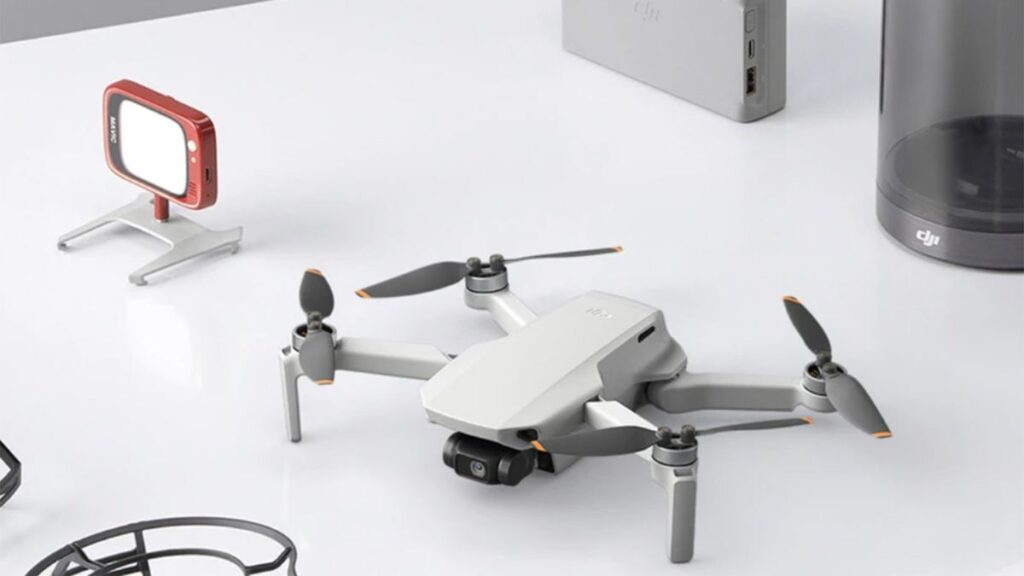In today’s rapidly evolving technological landscape, industries worldwide are embracing innovative solutions to enhance their operations, efficiency, and competitiveness. Aerial insights have emerged as a transformative tool for in-depth asset assessment across various sectors. Leveraging advancements in drone technology, remote sensing, and data analytics, this approach has revolutionized the way organizations manage and monitor their assets, from infrastructure and agriculture to energy and environmental conservation. Aerial insights provide a bird’s-eye view of assets, enabling organizations to assess their condition, detect anomalies, and gather critical data without the need for expensive, time-consuming ground surveys or manual inspections. The use of drones equipped with high-resolution cameras, LiDAR, thermal imaging, and other sensors offers an unprecedented level of detail and accuracy, allowing for a comprehensive evaluation of assets, including buildings, power lines, pipelines, and agricultural fields.

These technologies capture data that goes beyond what the human eye can perceive, revealing hidden issues and vulnerabilities that might otherwise remain undetected. One of the key advantages of aerial insights is their ability to streamline asset assessment processes, reducing operational costs and minimizing risks to personnel. In industries such as energy, where the maintenance of infrastructure is critical, drones can autonomously inspect vast networks of power lines and substations, identifying wear and tear, damaged components, or potential safety hazards. Similarly, in agriculture, drones equipped with multispectral cameras can provide real-time information on crop health, pest infestations, and irrigation needs, enabling more efficient and sustainable farming practices. These capabilities result in enhanced asset performance and increased safety for workers and the environment. Furthermore, the data collected through aerial insights can be transformed into actionable insights through sophisticated data analytics and machine learning algorithms go and visit website. The integration of artificial intelligence enables organizations to predict maintenance needs, assess the remaining lifespan of assets, and make informed decisions for resource allocation. This predictive maintenance approach not only reduces downtime and repair costs but also extends the overall longevity of assets, improving their return on investment.
The applications of aerial insights extend beyond asset management to include environmental conservation and disaster response. Drones equipped with advanced sensors can monitor ecosystems, wildlife populations, and natural disasters, providing valuable information to support biodiversity conservation and disaster preparedness. These insights empower organizations and government agencies to take proactive measures in the face of climate change and emerging threats. In conclusion, aerial insights have revolutionized asset assessment across various industries by providing a cost-effective, efficient, and accurate means of monitoring and managing assets. Drones and remote sensing technologies have ushered in a new era of data collection, enabling organizations to gain a deeper understanding of their assets’ condition, predict maintenance needs, and improve overall efficiency. As technology continues to advance, the potential applications of aerial insights are boundless, offering solutions to complex challenges and driving progress across numerous sectors.